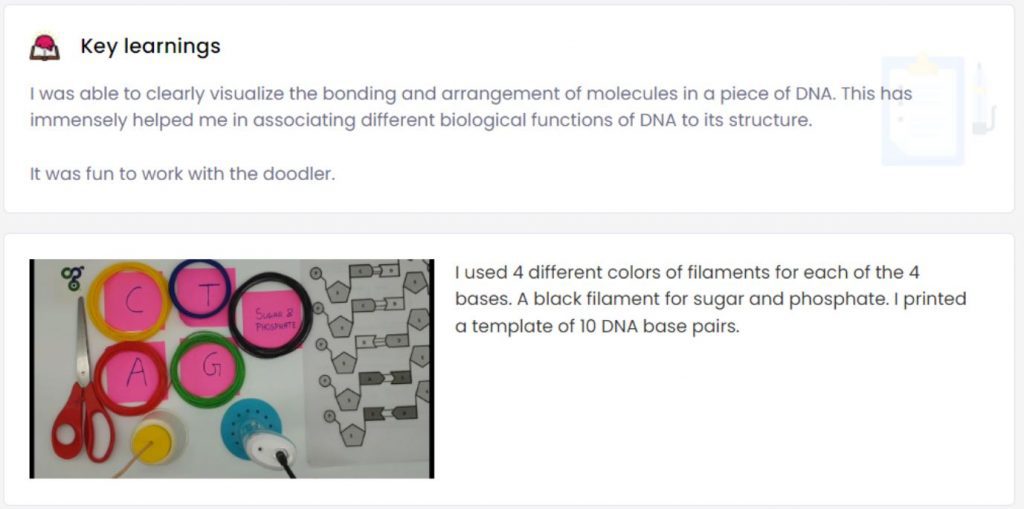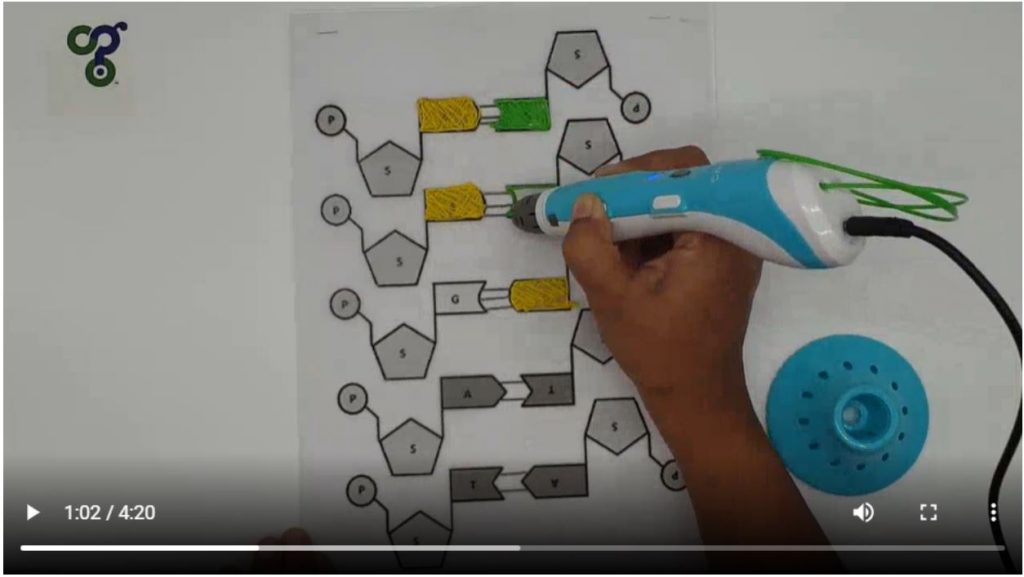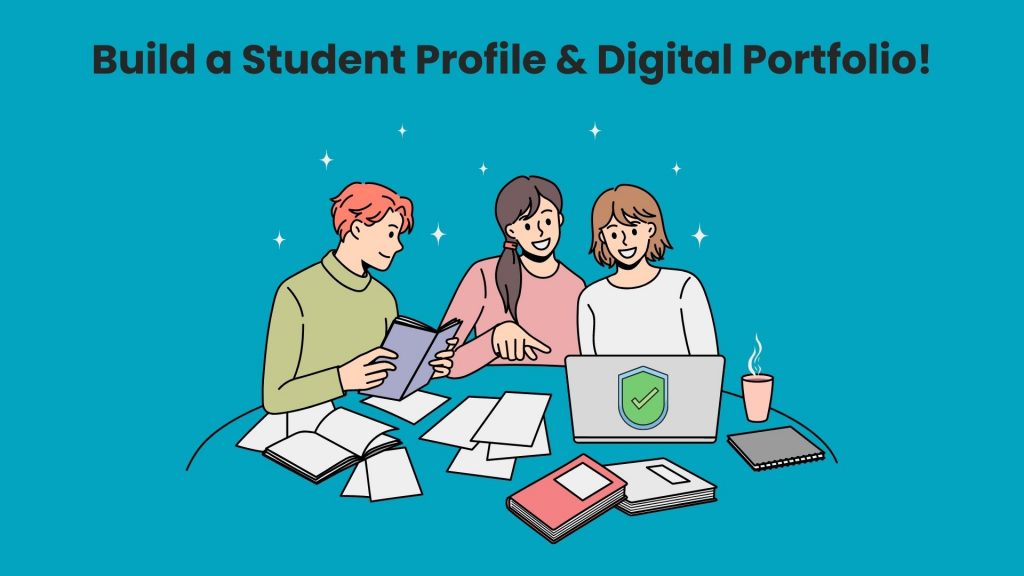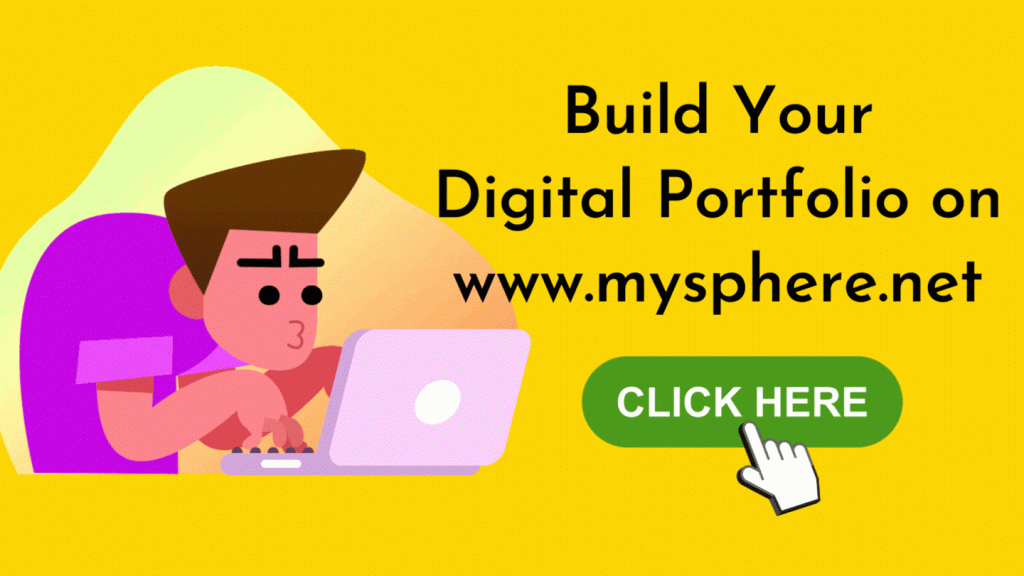What is a Student Digital Portfolio?
A student portfolio is an archive of a student’s learning experience and progress over time. Also called a digital portfolio or an e-portfolio displays a student’s accomplishments and provides a window into student learning over time.
Digital portfolios are described as a collection of artifacts that include marksheets, various projects and their photos and videos, learnings and essays.
Students learn how to record, curate, and make decisions based on their interests. While adding their best work to portfolios and presenting it to their peers/teachers, students learn to think critically about their work and gain confidence while they showcase their work.
What does it have?
Students get to add their best project work to their student portfolio, including photos, videos, and key learnings to showcase it for awards and college admissions.
A portfolio is more than just a record of academic achievement; it also allows students to display their creativity and personalities. Students get more responsible and accountable for their learning. Students can use their blogs or e-journals to reflect on their learning activities, progress, and notable capstone projects, as well as their achievements.
How do students demonstrate their project work or achievements to others over time?
Students can share their work with their friends, parents, teachers, and the rest of the world by creating digital portfolios.
Who can use the Student Portfolio?
- High school and college students can build their digital portfolio
- Parents of young students can capture their children’s best work and accomplishments in a portfolio.
- Educators can use this tool to exhibit their students’ learning outcomes and projects they have supervised/mentored to a wider audience.
How to use Student Portfolios most efficiently?
Students can add their best project work to their portfolios, which becomes key evidence of their learning.
Below is a guide to how to add projects to the portfolio and present your work effectively:
Project details:
Project name: DNA Structure using 3D doodling

Objective and Project description: Describe your project in detail. State the problem you were trying to address, give its context, broad project outline, steps followed, milestones, conclusions made etc.

Key learnings: Write what you learnt – your eureka moments, new techniques and methods applied, things which you didn’t know before that were learnt while doing the project.

Summarize your reflections – what worked well, what you could have done better, mistakes made and lessons learnt, the scope for improvement and how you plan to apply these learnings to take this project forward.
Adding supporting images/videos: Add images and describe what is shown in the associated image through a short note or summary next to it.
Upload a video related to the project e.g. project presentation by you, demoing project artefacts, timelapse covering how the project evolved etc.

What are the benefits of a Student Digital Portfolio?
Student Portfolio shows the timelined journey of a pupil’s academic progression, which helps in getting ready for higher studies and career opportunities.
Benefits of a Student Portfolio:
- Be better prepared – Students are better equipped when applying for college admissions and internships
- Showcase best work – Students can capture, reflect on and showcase project-based learning through multimedia in an organised manner
- See self-growth over time – Students get to analyse and identify their strengths and weaknesses, which also gives an overview of your growth as a learner
- Take ownership of learning – A digital portfolio helps students to go beyond academic grades, dig deeper into their interests and skills and present a comprehensive overview of your learning journey
- Digital Portfolio – the new resume – A portfolio provides evidence of skills & accomplishments and enables students to stand out from the competition and show their individuality.
“The overarching purpose of portfolios is to create a sense of personal ownership over one’s accomplishments, because ownership engenders feelings of pride, responsibility, and dedication” – Paris and Ayres (1994).

